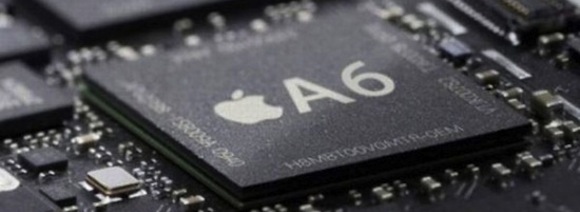Patently Apple reports that Apple filed for a very interesting trademark on the word “Macroscalar” over the weekend, referring to a new processor architecture that is likely to power the next generation of iOS devices. But what does Macroscalar actually mean, and what could it do for the iPad 3 or iPhone 5?

CultofMac does an excellent job of breaking down the meaning of the term, explaining that a Macroscalar processor would ensure that it’s ‘to do’ list of processes and things to do constantly remains full. This enables the processor to be far more efficient, as the processor remains constantly ready to begin working through the next set of instructions.
Macroscalar processors would also have the ability to maintain multiple separate “pipelines” at once, which would allow it to run a second (or third, or fourth) set of instructions before it has completed its first, which could significantly increase the performance of applications, enabling them to execute more instructions at a faster rate than they otherwise would be able to.
Apple is in a unique position to make a Macroscalar processor work in their favor. Because Apple controls the way in which iOS apps are compiled, they could ensure that all future apps are designed specifically to take advantage of the processor, reducing loading times and lag within apps due to its more efficient way of handling instructions.
And as an added bonus, Macroscalar processors are also more power efficient, so they can last longer on the same battery as their non-Macroscalar counterparts.
It’s unclear when or to what extent Apple is working on this technology, but the timing of this trademark filing so close to the expected release of the iPad 3 is very interesting, suggesting that Apple could be working this into the “A6” processor they’ll use in their next-gen tablet.
As always, however, nothing is certain until it happens, especially with Apple. We’ll all have to be patient and hope that Apple has some Macroscalar goodness to tell us about when they launch the iPad 3.


